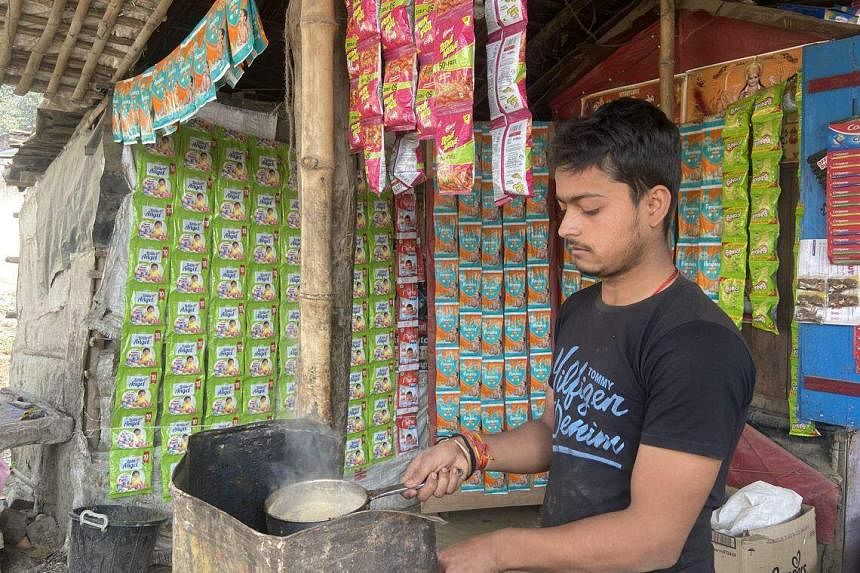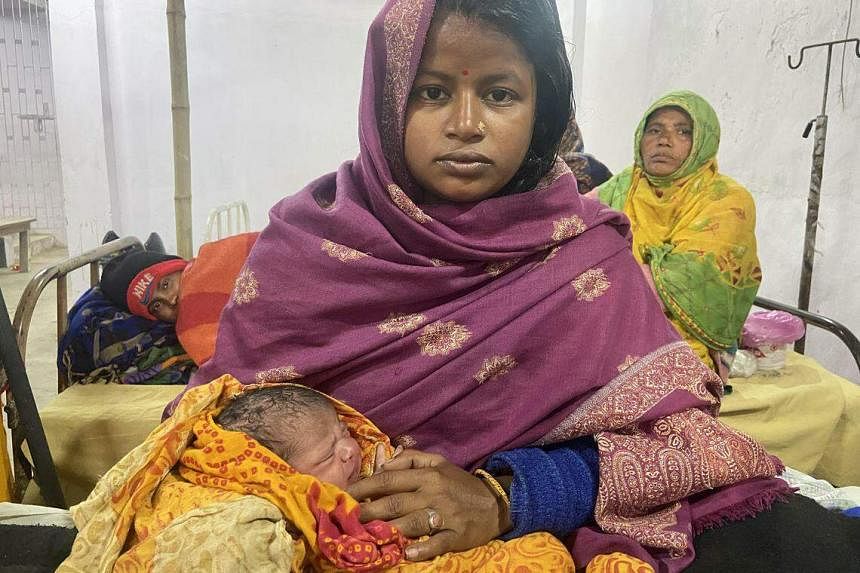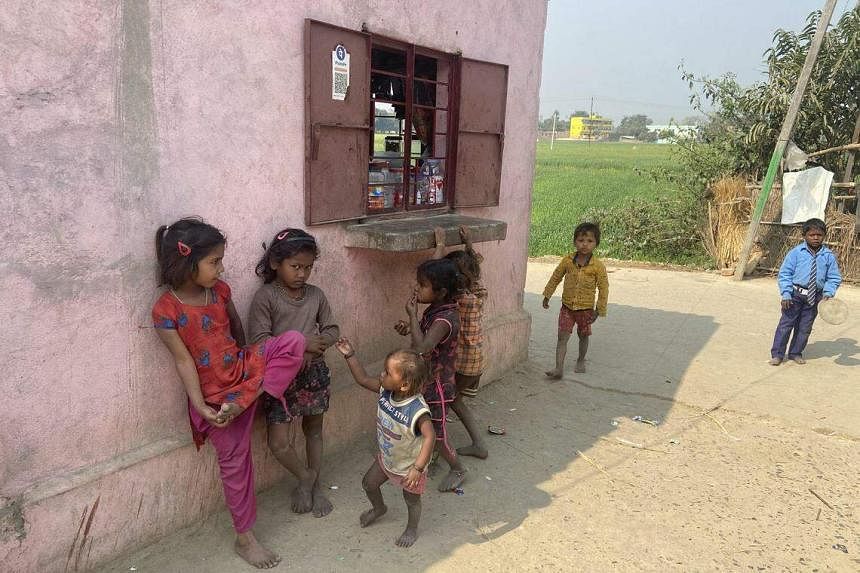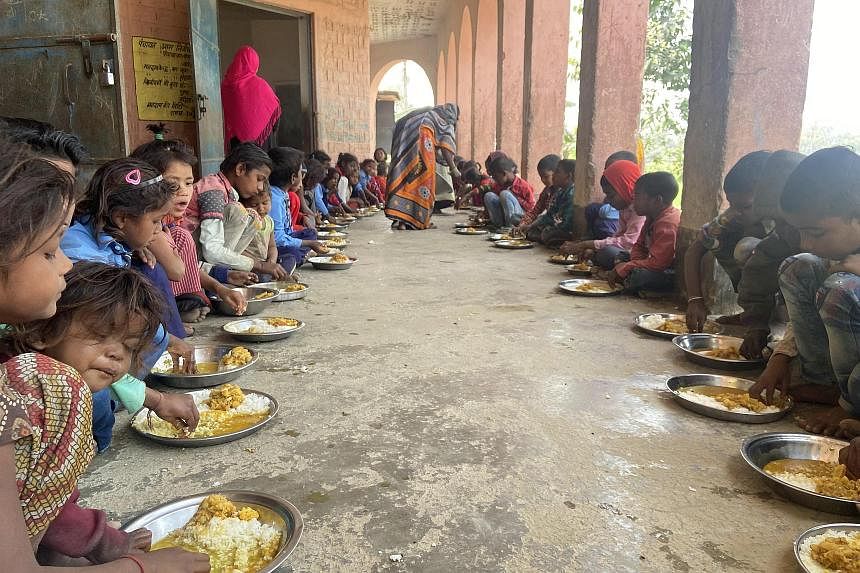NEW DELHI - In India, around 23 million babies were born in 2022, far outstripping births in any other country.
This is as China saw only 9.56 million births in the same year. On Jan 17 this year, it announced a drop in total population for the first time in six decades in 2022 – by some 850,000 people to 1.411 billion, close to India’s 1.38 billion to 1.41 billion, according to different estimates.
So it comes as little surprise that India is set to displace China as the world’s most populous country, with the United Nations expected to announce this in April.
This will open up a new chapter for the South Asian country, with its population estimated to keep growing for another four decades.
Globally, analysts said, India’s size gives it heft, especially as it is also the world’s fifth-largest economy and its fastest-growing, according to the International Monetary Fund. It becomes more crucial for it to weigh in on global issues such as climate change.
But domestically, it faces the challenge of managing a population that will reach 1.7 billion in 2064, according to UN estimates. The huge population puts a strain on resources ranging from water to energy, even as the nation’s ability to provide gainful employment for its burgeoning working-age population is put to the test.
What is fuelling the population boom?
At a roadside tea shop in rural Darbhanga district in the eastern state of Bihar, single-diaper packets, each costing 10 rupees (16 Singapore cents), hang in neat rows, outnumbering chips or biscuits, hinting at the state’s demography.
Bihar has the highest population growth among the 28 Indian states, with a total fertility rate of 3.1 children per woman against the national rate of 2.
Some 2km from the tea shop, in a maternity ward at a primary healthcare centre, Ms Khushboo Devi, 20, has just given birth to her second son, much to the delight of her family.

There is a high premium on sons in these rural parts as they are expected to take care of ageing parents and carry on the family name. Families here desire not just one but two sons.
Grimacing in pain after a natural childbirth, Ms Khushboo, a child bride who had her first son at 15, cannot rule out having a third child.
“Whatever my guardian wants,” she whispers, using a term for husbands commonly used in this part of Bihar.
In many parts of rural India, like Bihar, which still adhere to the traditions of a patriarchal society, men tend to dictate family size. With societal attitudes like a desire for sons, families with only daughters often keep expanding until they get a boy – or two.

Ms Khushboo’s own mother had seven children.
In a sign that things are changing, however, Ms Khushboo confides that “I want only two”.
She is not alone in wanting fewer children. In Sheohar district, also in Bihar, Ms Saista Khatoum, 21, who has a six-month-old boy, feels the same.
“You can’t just bring children into the world one after the other. You have to feed, clothe and educate them,” she says.
“Who will have many children, especially with the cost of everything going up? Two is more than enough. My generation thinks like that, at least.”
Yet, Ms Khushboo and Ms Saista are part of India’s 650 million people aged under 25 who will continue to drive population growth in the coming decades, even if they have just one child each.
What is clear, however, is that better education and poverty levels going down have had an impact on the country’s fertility rate. It fell from 3.4 children per woman in 1992 to 2 in 2019.
In particular, women completing their schooling and going to work have impacted family size, say activists.
This is backed by studies, with the National Family Health Survey finding that a woman who completes her schooling is less likely to have more than two children. Urban India, which has a higher proportion of women working, has a lower fertility rate.

Bihar, which has a literacy level of 61.8 per cent, has a fertility rate of 3, while Tamil Nadu, which has a literacy level of 80 per cent, has a lower fertility rate of 1.8 and an ageing population.
“Southern parts of India like Kerala and Tamil Nadu have the East Asian problem of too few young people and too many elderly folks because they have gone into a good space in terms of population,” said Professor Kanti Bajpai, vice-dean of research at the National University of Singapore’s (NUS) Lee Kuan Yew School of Public Policy.
He noted, however, that enforcing a two-child policy – a debate that has intensified recently – is unsustainable, citing China’s one-child policy as an example.
“China’s draconian policies are coming back to haunt them,” he said, referring to the link between its one-child policy and declining population. “Everything we know about demography is that a sustained policy is one that depends on improvement in economic growth and lifting people out of poverty.”

More young people, higher growth
India’s relatively young population gives the country a large pool of young workers who can drive productivity and economic growth, in what is known as the demographic dividend.
India’s age profile means a “longer period of higher growth potential”, noted former foreign secretary Shyam Saran.
“This is an advantage we have over China, whose age profile is moving in a somewhat negative direction,” he said, referring to China’s rapidly ageing population and shrinking workforce.
It also means, however, that India needs fast-paced economic growth to create jobs, and to provide quality education and skills training for the 12 million young people who enter the workforce every year.
While India’s large population can drive consumption – a key driver of growth – much depends on how it can help skill its youth for jobs. This is an area that Singapore is actively involved in through its collaboration with local governments on skills centres in five states, including in capital city Delhi.

One worrying trend for policymakers is India’s jobless growth. This has led to millions of young Indians feeling discouraged by a lack of job prospects and opting out of working, choosing instead to continue studying, stay home or rely on family members for financial support.
According to the Centre for Monitoring Indian Economy, the number of unemployed people – those who do not want to work – went up from four million in January-April 2017, to nearly 5.6 million in May-August 2021.
Still, an upside is that with better education and skills, India’s young population can contribute globally, with the country exporting skilled professionals and workers, something that is already happening amid ageing economies around the world, said analysts.
Companies in Japan, which is grappling with an ageing population, have been wooing Indian IT professionals.

Increasing heft on the global stage
India’s size, coupled with its fast-growing economy, which grew 7.7 per cent in 2022, has contributed to its global clout.
As noted by analysts, major global issues require India’s input to be dealt with adequately.
In issues such as climate change, “India has to be a very major part of any solution and, therefore, that gives you a degree of diplomatic leverage”, said Mr Saran.
Geopolitically, the United States is looking towards India – with its vast population size, highly skilled IT professionals and political affinity with the US as a democracy – to counterbalance China as Washington’s rivalry with Beijing intensifies.
In May 2022, the two countries announced the US-India Initiative on Critical and Emerging Technology, which aims to expand their strategic technological and defence industrial cooperation.
Associate Professor Iqbal Singh Sevea, director of the Institute of South Asian Studies at NUS, said: “It is also worth noting that this demographic shift is occurring at the moment in which we are witnessing US-China tensions.”
These tensions have led to companies adopting a “China-plus-one” strategy of having factories in China and outside of it, including in India, with US tech giant Apple being an example, he said. “Thus, India could benefit and, in the process, contribute to the reshaping of global supply chains.”
Apple, which makes most of its iPhones in China, announced in 2022 that it has started making its iPhone 14 in India. The company is likely to move a quarter of its iPhone production to India by 2025, according to a recent JP Morgan report.
Prof Sevea said that on the geopolitical front, India would be looking at playing a more visible role, including making a strong pitch to be part of the UN Security Council.
India’s growing heft has got smaller powers interested in engaging it as well.
South Korea, in its new Indo-Pacific Strategy, has made deepening ties with India a priority, noting that “India presents great potential for growth” while highlighting the large population apart from “cutting-edge IT and space technologies”.
Prof Bajpai noted: “I don’t think the world is celebrating that India has such a big population, which is going to be a strain on resources. The world has a stake in an India that succeeds, not one that fails.”
But population growth on its own would not add to India’s standing, including with Asean, noted Singapore’s Ambassador-at-Large Tommy Koh.
“I don’t think the fact that India is becoming the world’s most populous country gives it any added value or influence. If you look at the 2023 survey of the state of South-east Asia, India is close to having zero influence, both economically and politically, in Asean,” said Professor Koh.
“The questions on people’s minds are whether India will have the largest economy, will India have the largest military? These are the sources of a country’s power, not so much the size of its population.”
- Additional reporting by Bhagyashree Garekar


